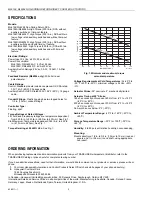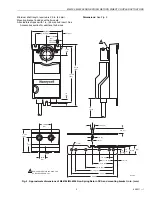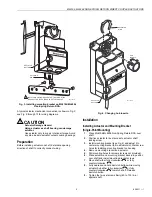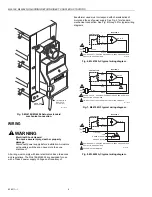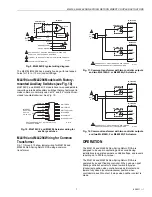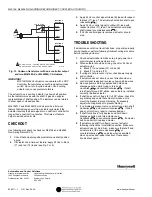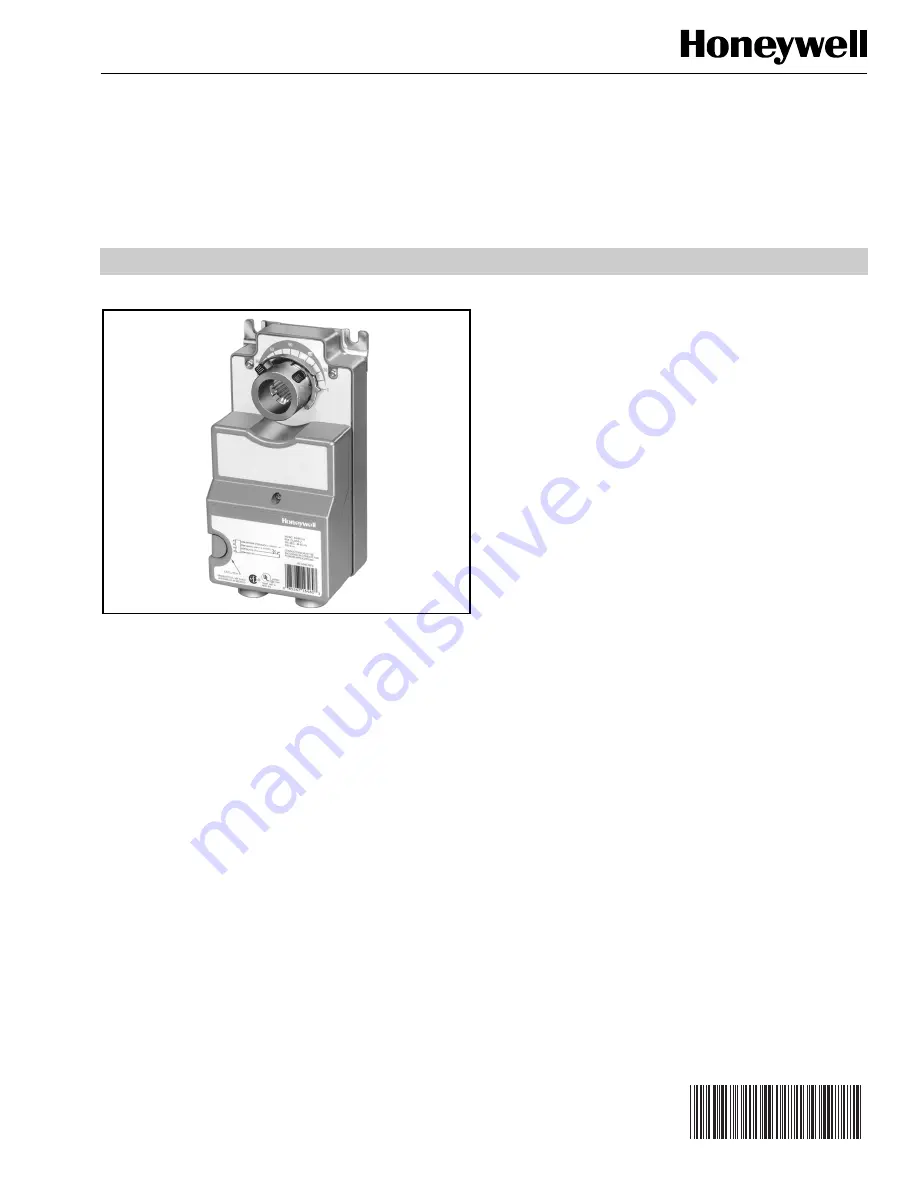
PRODUCT DATA
® U.S. Registered Trademark
© 2004 Honeywell International Inc.
All Rights Reserved
63-2511—1
ML6194, ML6294
Non-Spring Return
Direct Coupled Actuators
APPLICATION
The ML6194 and ML6294 Non-Spring Return Direct Coupled
Actuators (DCA) provide floating single-pole, double-throw
(spdt) control of dampers or valves in heating, ventilating, and
air conditioning (HVAC) applications. The ML6294 has an
internal, electrically isolated feedback potentiometer that can
be used to provide indication of motor output hub position or
slave a Series 90 actuator.
FEATURES
• Mount directly on 1/2 in. to 3/4 in. (13 to 19 mm) round
or square shaft. Mount on 1 in. (26 mm) round shafts
with appropriate insert. All models shipped with 1 in.
insert.
• 300 lb-in. (34 N•m) torque.
• Magnetic coupling eliminates need for mechanical
stops or limit switch adjustments by limiting stall
torque, which is dependent on temperature. Nominal
stall torque at room temperature of 68°F (20°C) is 410
lb-in.
• 95° stroke provides necessary compression of
rubber/neoprene gaskets commonly used on 90° low
leakage dampers.
• Declutch feature allows manual adjustment.
• 165 second synchronous timing can eliminate need for
feedback position indication in closed-loop
temperature control applications.
• Both single-point and three-point mounting
compatibility to allow installation flexibility.
• Models available with or without time-out feature.
Contents
Application ........................................................................
Features ...........................................................................
Specifications ...................................................................
Ordering Information ........................................................
Installation ........................................................................
Wiring ...............................................................................
Operation ..........................................................................
Checkout ..........................................................................
Troubleshooting ................................................................


